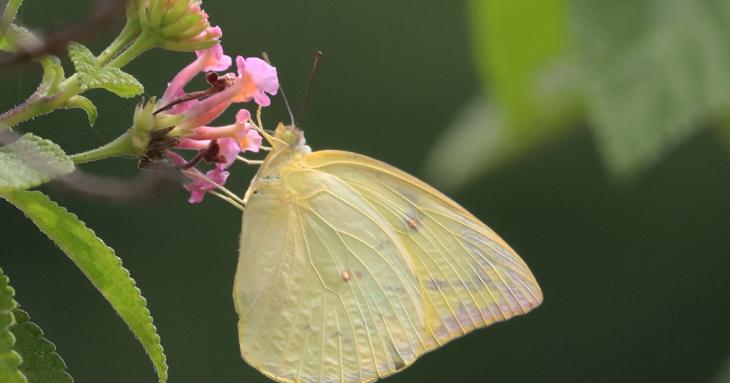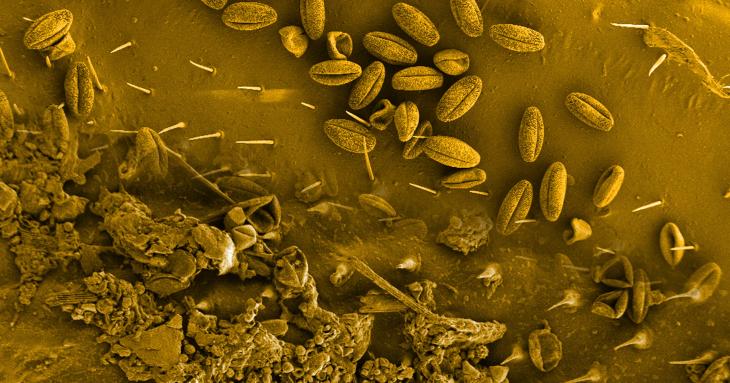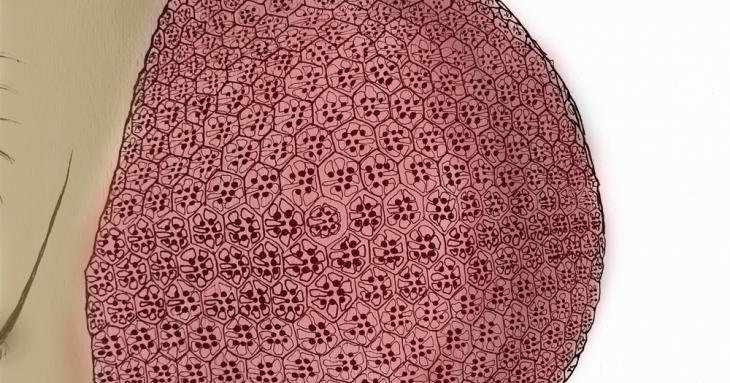-
Pollution stings Bengaluru’s bees in the heart
Bees found in city’s polluted areas have irregular heart beat and poor immunity.
Scientists from the Bangalore Life Science Cluster have found that the Giant Asian honey bee (Apis dorsata) from more pollut -
Air pollution killing giant Asian honey bees: Study
A first-of-its-kind quantitative analysis on the impacts of air pollution on insects by the National Centre for Biological Sciences (NCBS), Bengaluru indicates a decline in India’s insect population, including giant Asian honey bee.
-
VAGABONDING FEMALE BUTTERFLIES WEIGH IN ON REPRODUCTIVE STRATEGIES
Reproductive function of female butterflies burdens their capabilities for long-distance flight, which may affect populations in a changing, uncertain world
-
Studying P. vivax malaria
Mosquitoes inject the sporozoite (spore-like) stage of the parasite into the skin when they bite, and the sporozoites travel to the liver. “Imagine some 50 parasites enter our liver, each infect one liver cell or hepatocyte and multiply enormously to 10,000 or more.
-
Scientists discover a coral snake species from Himachal Pradesh
Researchers from the National Centre for Biological Sciences, Wildlife Institute of India (WII), Dehradun and the Natural History Museum (NHM), London have rediscovered a snake that was thought to be lost for a 120 years!
Paper:
-
NCBS scientists identify 33 molecules that could be used to treat virus patients
A group of scientists led by Professor R. Sowdhamini at NCBS has identified the 33 small molecules from a database of over 3,30,000 small molecules using new computational research, which bind to NSP1, one of the SARS-CoV-2 proteins. The scientists have recommended that these can be taken forward for wet-lab validation.
-
Air pollution impacts the health of wild pollinators
Our air is the one thing that surrounds all of us. According to the World Health Organization (WHO), 9 of the world’s 10 most polluted cities are now in India. Yet, we have almost no idea how air pollution is affecting other organisms who breathe the same air as we do. In some of the first research in the world to try to address the physiological and molecular impacts of air pollution on our wild plants and animals, scientists from the Bangalore Life Science Cluster show that air pollution could be devastating for organisms we rely on most for our own survival – like the honey bee.
-
When close physical contacts are good, and guilt free
Image description: Line drawing of the Drosophila head showing the compound eye (pink). Individual repeating units of the compund eye are seen and individual cellular structures superimposed in each unit. Image credit: Dr. Deepti Trivedi.
Imagine diving into a eukaryotic cell.















